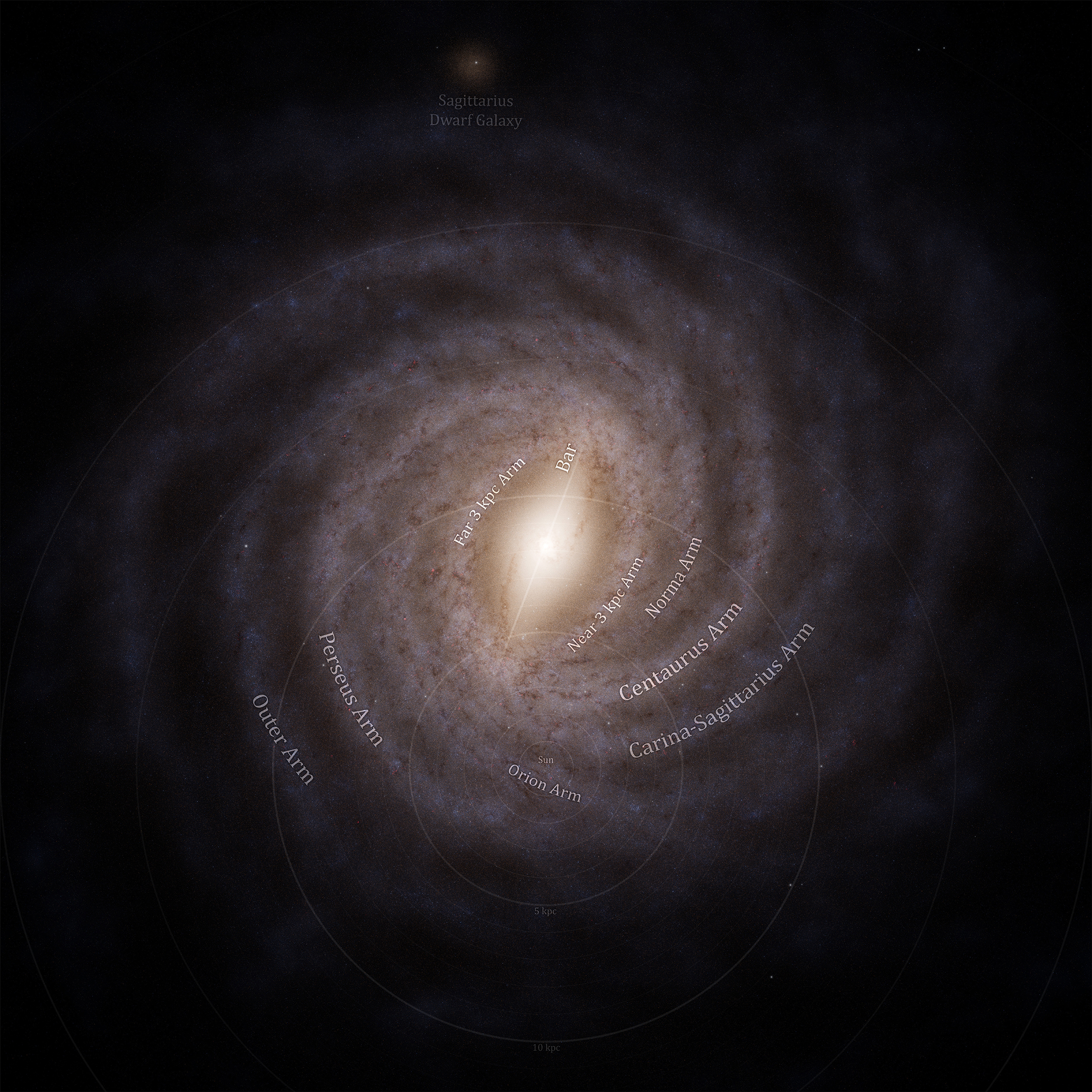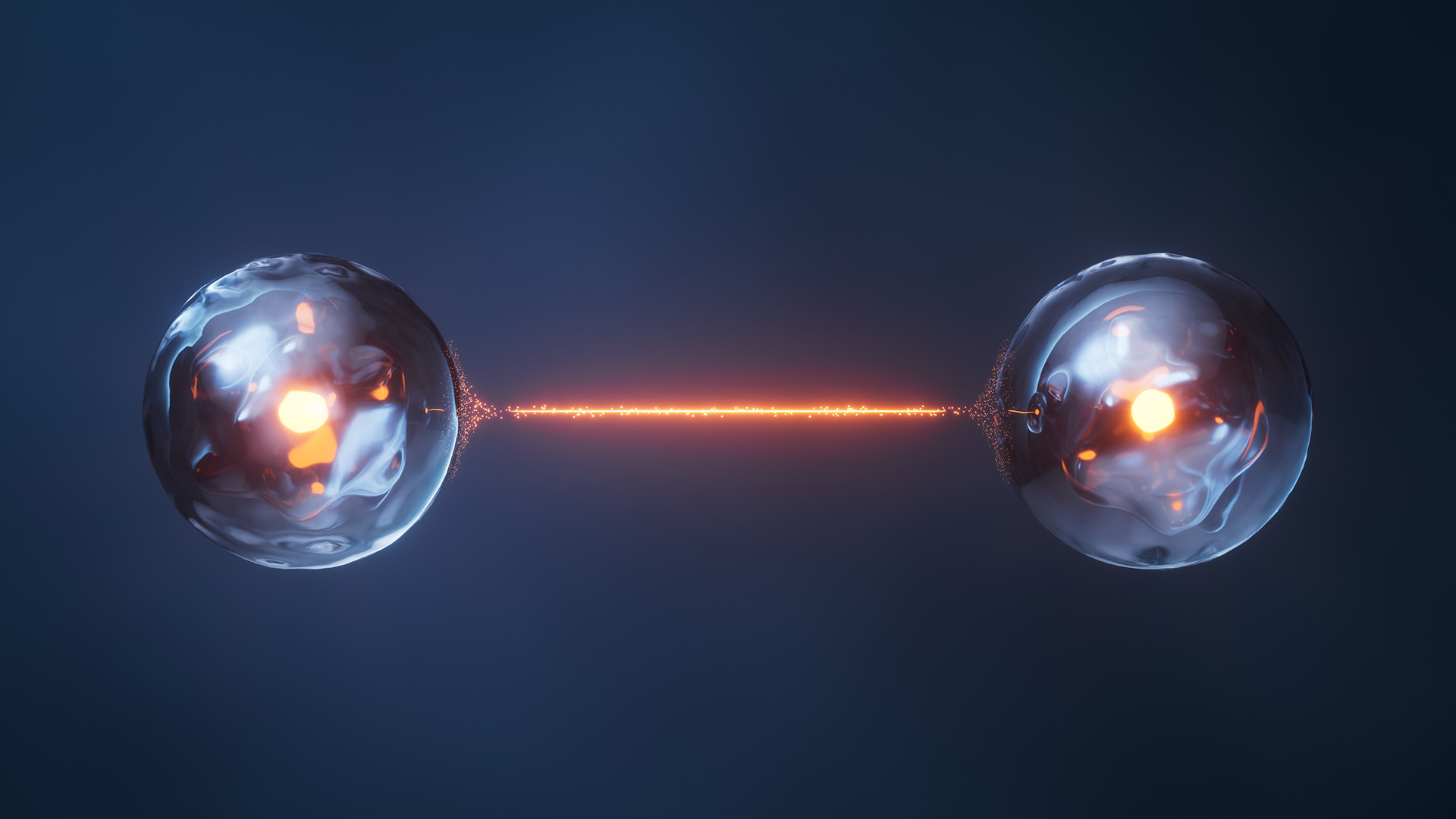Gaia Spacecraft Concludes Mission, with Hungarian Astronomers Contributing to Decade-Long Research
The European Space Agency's (ESA) Milky Way mapper, Gaia, completed the sky-scanning phase of its mission on 15 January 2025. Over the past decade, the space telescope has revolutionised our view of our home galaxy and cosmic neighbourhood, gathering more than three trillion observations of nearly two billion stars and other celestial objects. Researchers from the HUN-REN Research Centre for Astronomy and Earth Sciences also contributed to this pan-European space mission.
Over the course of its more than a decade-long mission, Gaia has repeatedly measured the positions of stars and the changes in their brightness. These observations have been used to determine the distances, motions, chemical compositions, and numerous other characteristics of nearly two billion cosmic light sources, as reported on konkoly.hu. This has enabled Gaia to achieve its primary goal: creating the largest and most precise map of the Milky Way, showing us our home galaxy as no other mission has done before. As a result, we now have the best reconstructed view of how our galaxy might look to an outside observer.
Launched on 19 December 2013, Gaia’s fuel tank is now nearing empty – it uses about ten grams of cold gas per day to maintain its precise rotation. After a few final technology tests, Gaia will be "retired" at the end of March and moved to an orbit around the Sun, where it will avoid collisions or disruptive interference with other spacecraft.
Researchers from several European countries, including Hungary, are involved in the consortium responsible for processing the data. The roots of this collaboration trace back to the 1990s, to the era of the Hipparcos satellite, Gaia's predecessor. "Even during Hipparcos, it was clear that space-based astrometry would be a major milestone in the history of astronomy. This expectation has been perfectly fulfilled by Gaia," said László Szabados, scientific advisor at the Konkoly Thege Miklós Astronomical Institute of the HUN-REN Research Centre for Astronomy and Earth Sciences (HUN-REN CSFK), who was the first Hungarian member of the Gaia consortium.
Over the years, thanks to funding from the European Space Agency's PECS and PRODEX programmes and the Hungarian National Research, Development and Innovation Office – awarded to HUN-REN CSFK researchers László Szabados, Gábor Marton, and Zsófia Nagy – Hungarian participation has grown from 3-4 to nearly ten researchers. The first major contribution of Hungarian researchers to the mission was the development of methods for identifying Cepheid pulsating variable stars. This was later expanded to include the study of light variations in young stars and the tracking of Gaia's scientific alerts following unexpected phenomena. As part of the data releases so far, two papers have been published under the leadership of HUN-REN CSFK researchers László Molnár and Gábor Marton.

Both the cover image and the image above feature an artist's impression of our galaxy, the Milky Way, based on data from the Gaia space telescope, viewed from above and from the side (edge-on). The top-down view also highlights the positions of the spiral arms and the Sun. (Credit: ESA/Gaia/DPAC)
Photo: Stefan Payne-Wardenaar

